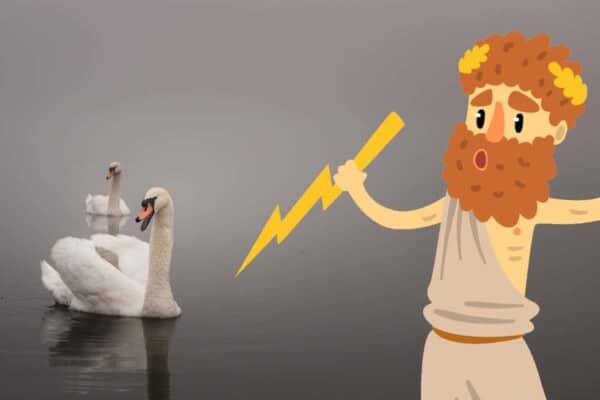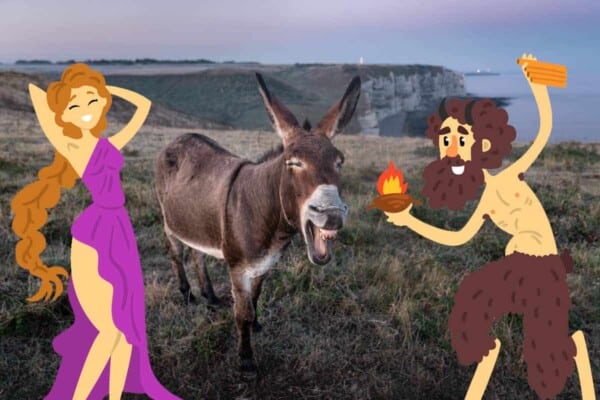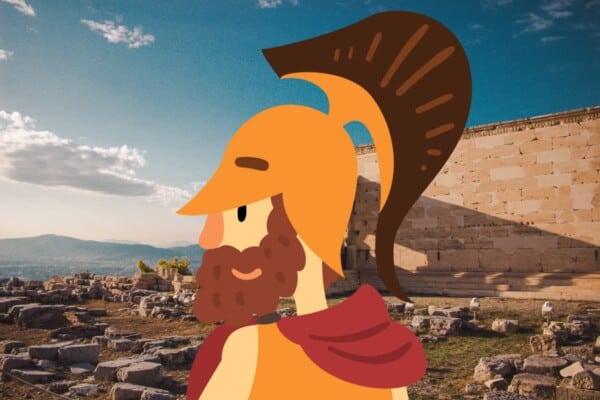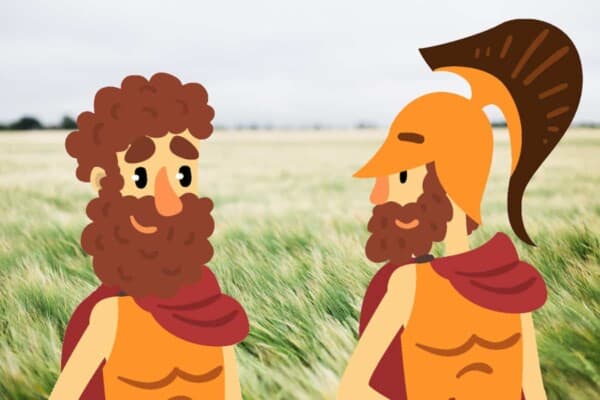It would seem a safe assumption that the virgin goddess Athena would not have any children, but you would be mistaken. As is often the case in Greek mythology the truth is somewhat murkier.
Erichthonius was produced from a failed attempt by Hephaestus to rape Athena. Hephaestus was the god of craftsmanship and weapon making. Athena, being a goddess of war, had visited Hephaestus’ workshop to commission new weaponry. Hephaestus attacked her, but Athena was too strong and too fast for him to overtake, in the process a drop of semen landed on Athena’s thigh, Athena wiped it away with a wool cloth and threw it to the ground. Out of the ground Erichthonius emerged. Athena took the child and decided to raise him in secret.
What purpose does the myth of Erichthonius as an adopted child of Athena serve and how was it relevant to the Ancient Greeks?
Erichthonius of Athens
Erichthonius is mythologically considered to be the fourth king of Athens. He was the son of Hephaestus and Gaia, raised by Athena. Athena hid the infant Erichthonius in a box, hoping to make him immortal. She entrusted him to Cecrops and his daughters, Herse, Aglaurus and Pandrosus The daughters were instructed to refrain from opening the box. They, of course, open the box anyways. Upon opening the box they were driven insane and threw themselves off a cliff. Sources vary as to how many daughters Cecrops had and which ones opened the box, with Herse likely being a later addition to the myth. Herse and Pandrosus’ roles are sometimes switched but most versions have Pandrosus loyally following Athena orders and refusing to look in the box, thus being spared the fate of her sisters. Sources likewise vary as to what they saw inside the box. Erichthonius is variously described as being born a snake, being snake-footed, or being guarded by a snake. In versions where Erichthonius is born a snake, he usually kills the sisters.
Divine Kings
Cecrops, who is also a part-snake child of Gaia, continued to take care of Erichthonius. He was eventually overthrown by the usurper Amphictyon. When Erichthonius came of age he overtook Amphictyon, became the rightful King of Athens, married a nymph Praxithea, and had a son, Pandion I who continued his line into the future rulers of Athens.
This myth exists not only to solidify Athena’s patronage over Athens but also to give Athenian royalty a direct lineage to Athena without negating her role as a virgin. In the ancient world it was common for Kings to claim Devine ancestry which provided an unquestionable right to rule as well as direct link to the Gods ‘guiding their decisions’. Myths from the Heroic Age of Greek mythology often serve primarily as mythological ethnographies justifying the rights of ancient Kings to rule over their citizens via divine providence.
Arrephoria
Two of Cecrops three daughters had failed Athena but the people of Athena would not. Once a year they performed a ritual to right this ancient wrong. Skiraphorion was a festival celebrating the Greek new year; occurring sometime in May or June. During Skiraphorion a feast night called Arrephoria would occur in honor of Athena. From the aristocracy, two young maidens between the ages of seven to eleven would have been selected to serve Athena for a year. They would be called the Arrhephoroi and they would conclude their service to Athena during an initiation ritual on Arrephoria. They would be given a lidded basket and instructed not to open it. Their job was to bring the basket from Athena’s temple to an underground passage, exchange it for another vessel and bring that to the Acropolis, symbolically completing the job Cecrops’ daughters failed.













